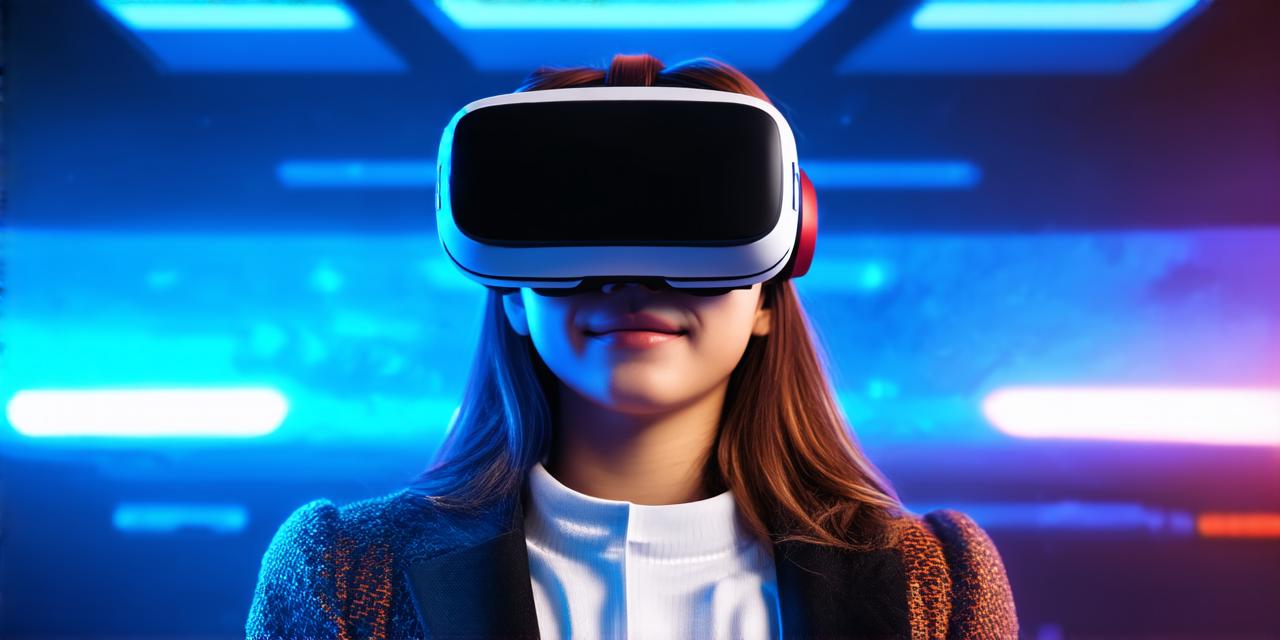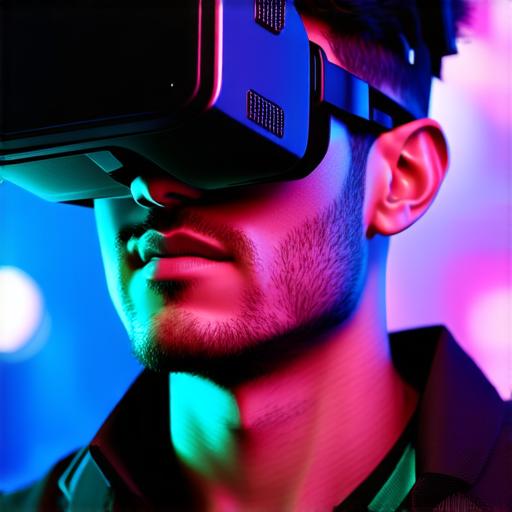
Minimum Age for Virtual Reality Use
Virtual reality (VR) technology is revolutionizing how we interact with digital worlds, and its potential for education, entertainment, and other applications is vast. However, as with any new technology, there are concerns about the potential risks and negative impacts on children’s development. As such, the question of the minimum age for virtual reality use has been a topic of debate for some time. In this article, we will explore the current research and expert opinions on the subject, as well as real-life examples and case studies to help virtual reality developers make informed decisions about their products and target audiences.
The Science Behind Virtual Reality and Child Development
Before diving into the minimum age for virtual reality use, it is important to understand how VR technology works and its potential effects on child development. Virtual reality involves immersing a person in a simulated environment that can be customized to suit their needs and preferences. The technology uses sensors, headsets, and other devices to track a user’s movements and create a realistic experience.
Studies have shown that virtual reality can have both positive and negative effects on children’s development. On the one hand, VR can enhance cognitive skills such as spatial awareness, problem-solving, and memory. It can also provide an engaging learning environment for subjects like science, history, and language arts. For example, a study conducted by the University of Maryland found that students who used virtual reality to learn about the solar system had better retention of information than those who learned through traditional methods.

On the other hand, virtual reality can also have negative effects on children’s development, such as motion sickness, disorientation, and eye strain. It can also lead to addictive behavior and social isolation, particularly if children spend too much time in virtual worlds and neglect real-life interactions. A study conducted by the American Academy of Pediatrics found that excessive screen time, including virtual reality, can have negative effects on a child’s sleep, attention span, and overall well-being.
The Minimum Age for Virtual Reality Use: Expert Opinions and Research Findings
Given the potential benefits and risks of virtual reality technology, it is natural to wonder what the minimum age for virtual reality use should be. While there is no one-size-fits-all answer to this question, many experts agree that children under the age of six or seven are generally not ready for the complexities and potential risks of VR technology.
The American Academy of Pediatrics recommends that parents limit their children’s screen time to less than two hours per day, and that virtual reality should be used only in moderation and supervised by an adult. The organization also advises parents to monitor their children’s use of technology and ensure that it is not interfering with their sleep, schoolwork, or social interactions.
Similarly, the World Health Organization recommends that children under the age of five should not use virtual reality technology at all, due to concerns about potential negative effects on cognitive development and other health outcomes. The organization also advises that parents should monitor their children’s screen time and ensure that they are engaging in a variety of activities that promote physical activity, socialization, and emotional well-being.
Case Studies and Real-Life Examples
While the minimum age for virtual reality use is a complex issue with no easy answer, there are many real-life examples and case studies that can help inform developers’ decisions about their products and target audiences. For example:
-
The VR game “Beat Saber” was designed specifically for children aged six and above, with age-appropriate content and features that promote physical activity and socialization. According to the game’s creators, the game has been well received by both children and parents, who appreciate its positive effects on children’s development.
-
The VR app “Tilt Brush” was designed for artists of all ages, including children. However, the app’s complexity and potential for addictive behavior led some parents to limit their children’s use of it.